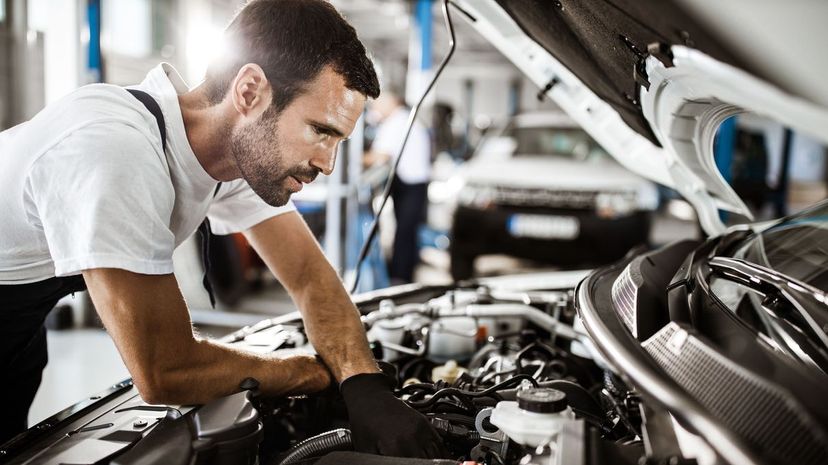
About This Quiz
The engine is the heart of any car and one of the greatest mechanical marvels in the history of human ingenuity. This one invention, from its humble steam beginnings, has revolutionized our entire way of life. The world became connected thanks to the engine and its ability to allow humans to connect across distances. To drive, to fly, to get to space! Alongside the printing press and the computer, few inventions have had such a profound impact on the world. But you know what a printing press and a computer can't do? Purr like a 429 cu.in 7.0L 385 Cobra Jet V8 engine nestled inside a 1969 Boss 429 Mustang.
There's a lot to know about engines, from James Watt devising the formula for horsepower to figuring out just how many volts a spark plug needs to fire off in order to ignite the fuel-air mixture and make combustion happen. It's a good thing that you're an engine expert here, though, and all of this is going to be second nature to you. If you think you have the skill to get under the hood and take apart an engine with us, then take the quiz and show us what you've got!
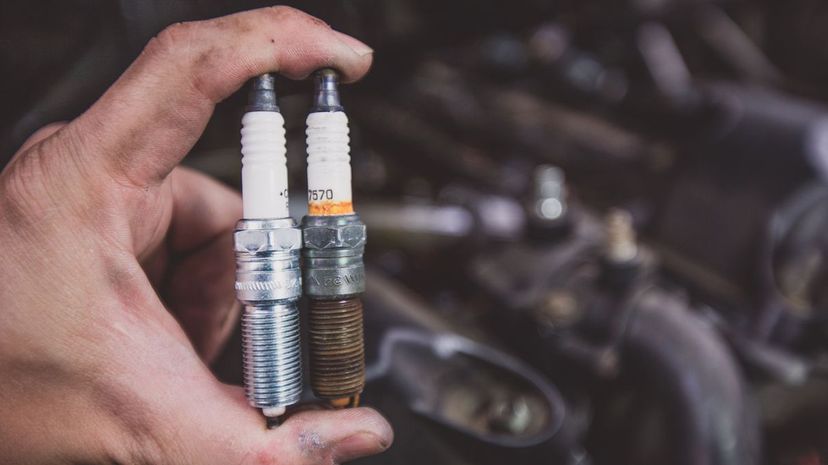
As the name implies, a spark plug does create a spark. That spark is what ignites the mixture of air and fuel that creates the combustion that combustion engines are named for. No one knows for sure who invented the first spark plug, but it may have been Edmond Berger in 1839.
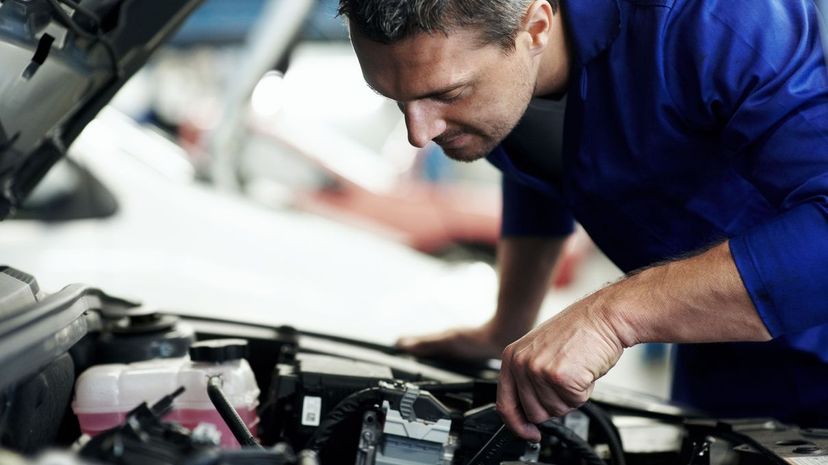
Engine knocking is a very simple description of what happens when something literally causes an engine to create a knocking or pinging sound. It can be caused by many factors, including bad spark plugs, carbon buildup, and using the wrong octane fuel.

An engine with oil will 100% overheat and seize up on you fairly quickly. An engine with dirty oil runs the risk of the same thing just not as fast. Oil builds up sediment over time and needs regular changing to keep everything lubricated and at an optimal temperature.
Advertisement
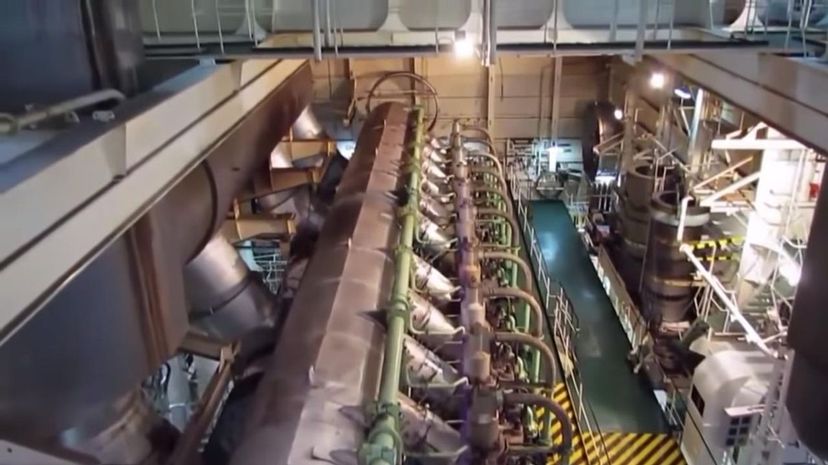
Though new engines are being developed all the time, you have to be in awe of the Wärtsilä RT-flex96C. It has 14 cylinders and can generate 107,389HP with more than 7,000,000Nm of torque. Word is this one engine could power a town.
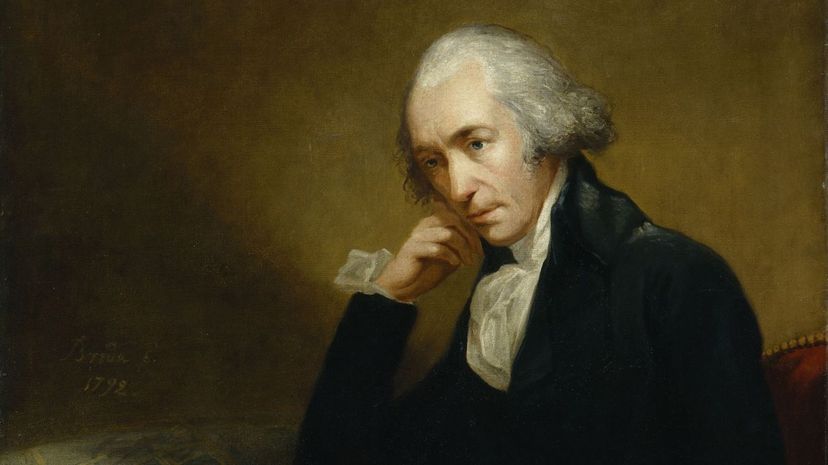
James Watt, for whom the unit of power known as watts was named, is the man credited with creating the idea of horsepower. His calculation of horsepower was the amount of times a horse could turn the wheel of a mill in a single hour, which worked out to about 144 times.
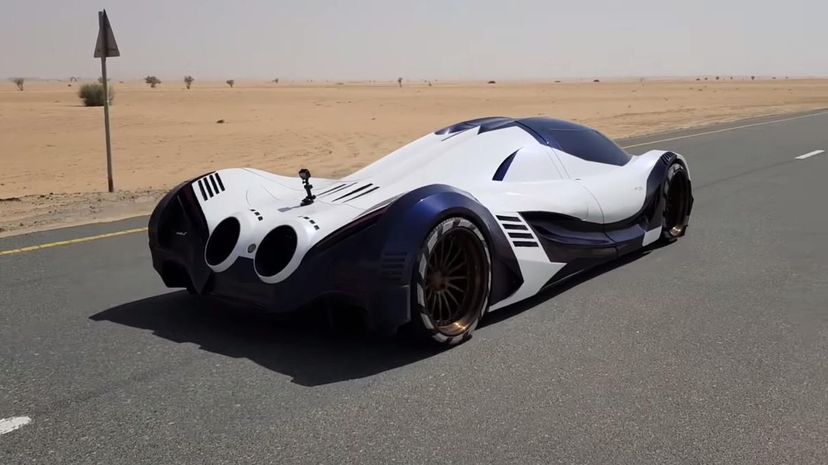
The long-rumored monster out of Dubai, the Devel Sixteen has a V16 engine that was rumored to pull close to 5,000 horsepower, making it the most beastly engine ever jammed under the hood of a road-going vehicle. It debuted at the Toronto Auto Show in 2019 amidst rumors Drake had already paid $2.2 million for one sight unseen.
Advertisement

The Lotus Evija is boasting the most impressive electric motors on the road today. Four motors, one on each wheel, boast 368 kW (500 PS; 493 hp), for a combined total output of 1,470 kW (1,970 hp) and 1,254 lb-ft of torque.
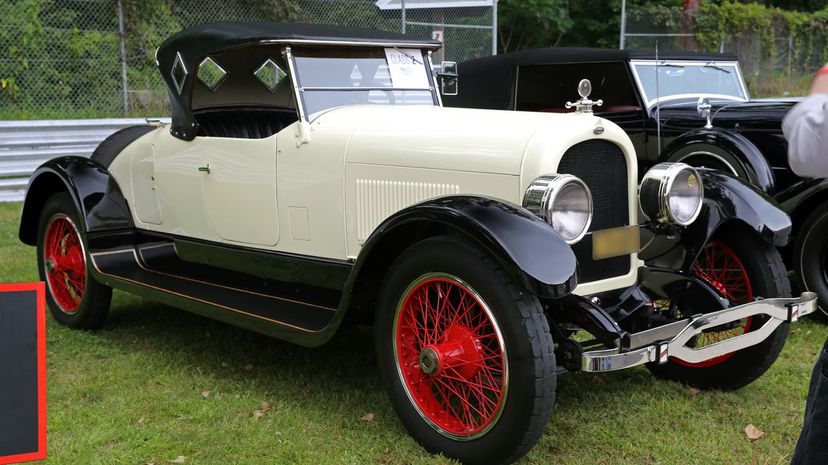
Long forgotten today, the 1904 Marmon was the first production vehicle to boast a V8 engine. Marmon was producing vehicles from 1851 until 1933, and they were leading the charge in making both V6 and V8 engines.
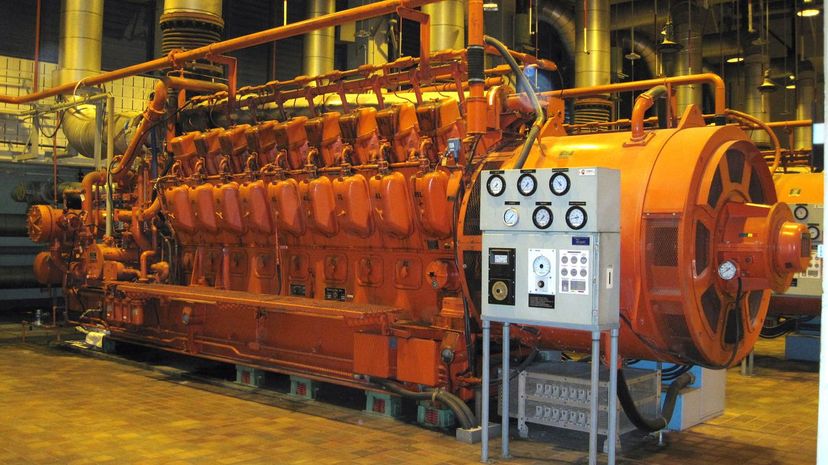
Some performance cars will make use of a massive V16 engine, but a V18 is nearly unheard of. Nearly, but not totally. V18's are used in heavy-duty applications like mining, rail, and marine transport. They can also be used for electricity generation.
Advertisement
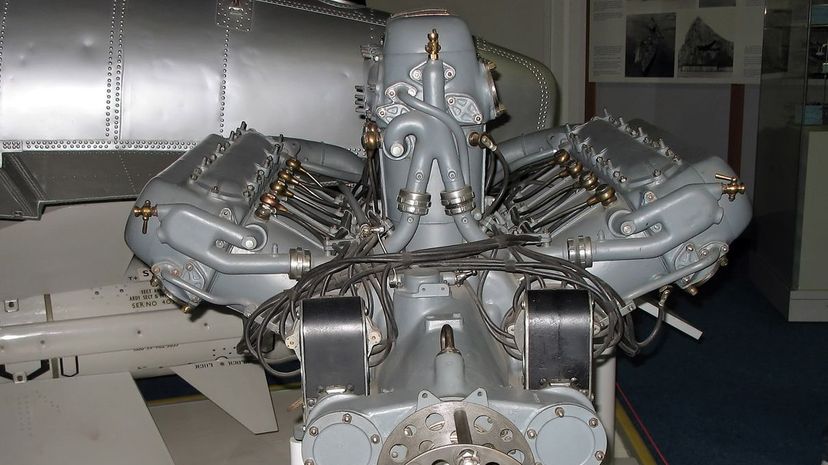
A W engine has three or four cylinder banks arranged in the shape of the letter W when viewed from the end. This is the same as how a V engine, like a V6 or a V8, works, with two cylinder banks that make the shape of the letter V when viewed from the end.
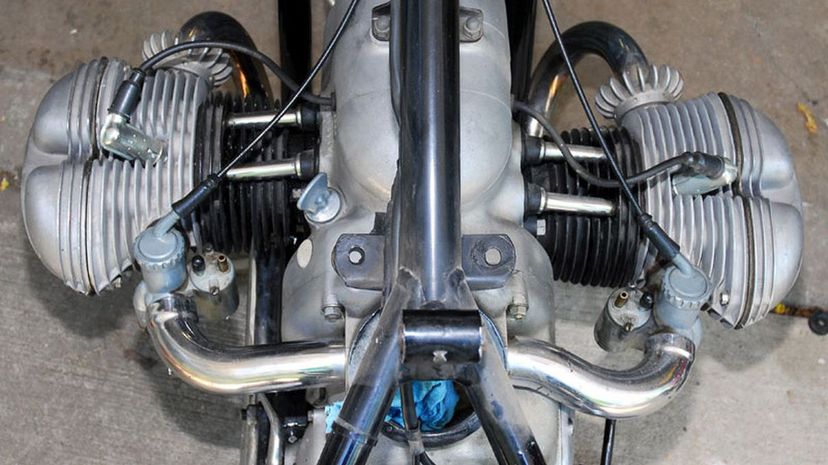
A flat engine does not have the typically raised cylinders you'll see in a V-type engine that most people are familiar with, but that doesn't mean it's not a V engine. They have cylinders on the sides of the crankshaft and are effectively V engines with a flat 180-degree angle between the cylinder banks.
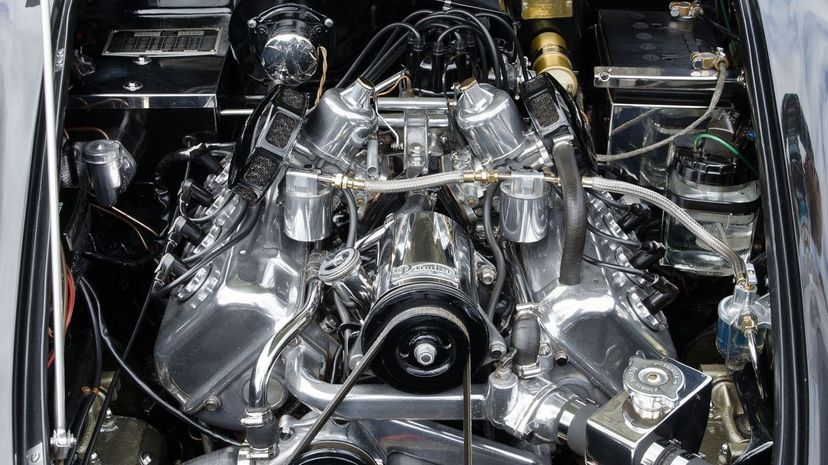
Daimler built the first-ever V engine back in 1889. It was a two-cylinder designed by Wilhelm Maybach. V engines were created and became popular because the design reduces the length and width needed for an engine.
Advertisement
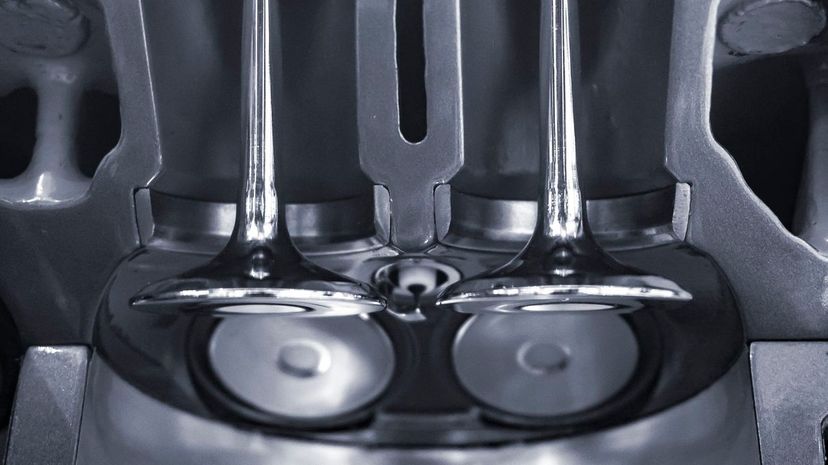
Before a spark plug can ignite a fuel-air mixture, it needs actually to have fuel and air pulled into the engine. The intake valve is what allows air into the engine to mix with the fuel, while an opposing exhaust valve is what filters the exhaust fumes out.
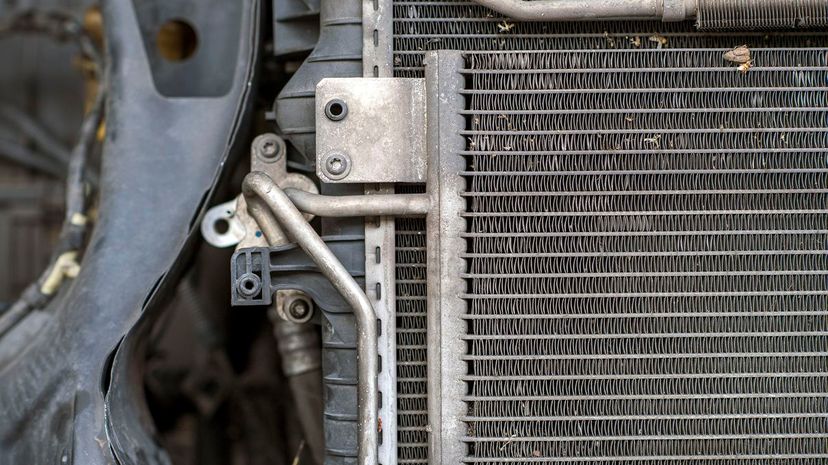
A radiator is a fairly simple cooling device that can be used in engines or even homes. The basic principle is that a cooling liquid, in this case, actual engine coolant, and in older radiators water, is circulated around the engine block and then through the radiator so air can cool it down again.

A combustion engine works thanks to the pistons being forced down by the expanding gasses in the cylinder, which in turn rotates the crankshaft. The pistons, however, may exist in the engine ranging from a single up to 16 move-in sequence, providing more power as more pistons fire.
Advertisement
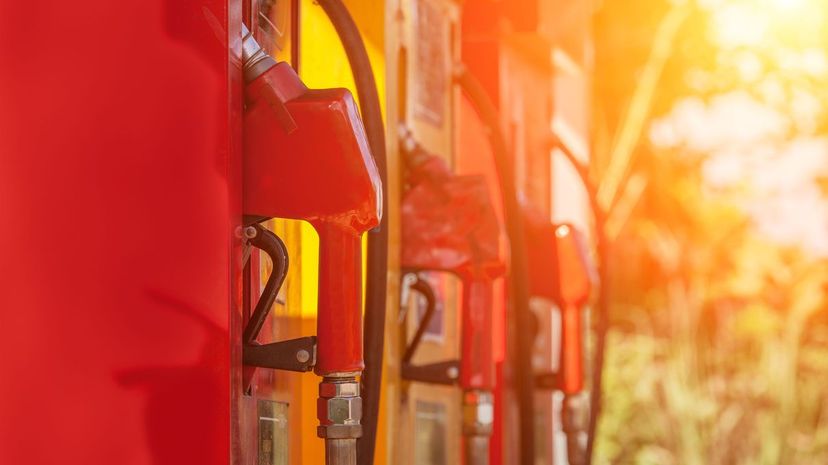
Octane refers to the amount of compression fuel can withstand before ignition. Higher octane fuel has a higher compression potential and provides superior performance and efficiency overall. It also reduces emissions compared to lower octane fuel.
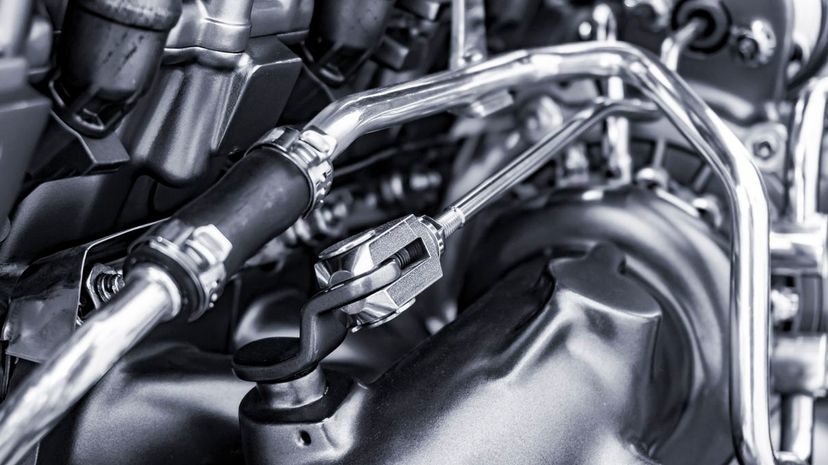
Connecting rods link your pistons to the crankshaft. The position of the pistons moves the connecting rods and transfers the motion to the crankshaft where it's converted from linear motion to rotational motion.
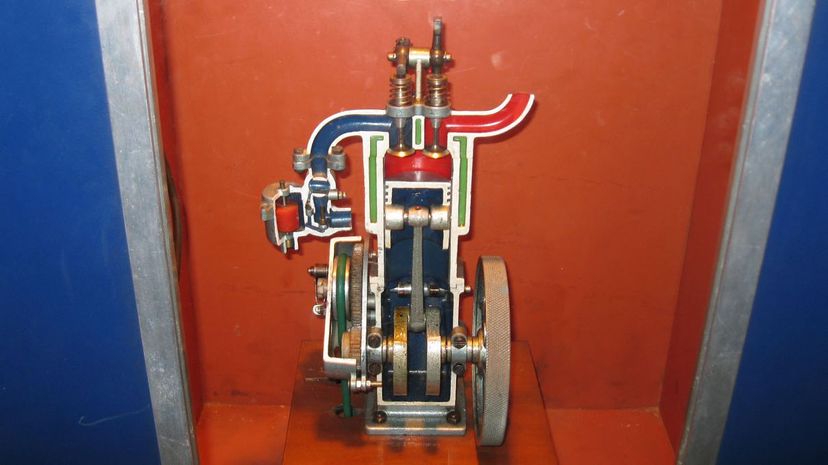
A four-stroke engine works in four steps that start with intake, followed by compression, then combustion, and finally exhaust. In colloquial terms among car people, this is also known as "suck, squeeze, bang, blow."
Advertisement

The crankshaft vastly predates the idea of an engine. One of the earliest known crankshafts was excavated in Augusta Raurica in Switzerland that dated back to the second century AD. There was also a third-century water mill that clearly would have had a crankshaft somewhere even though it's been lost to time.
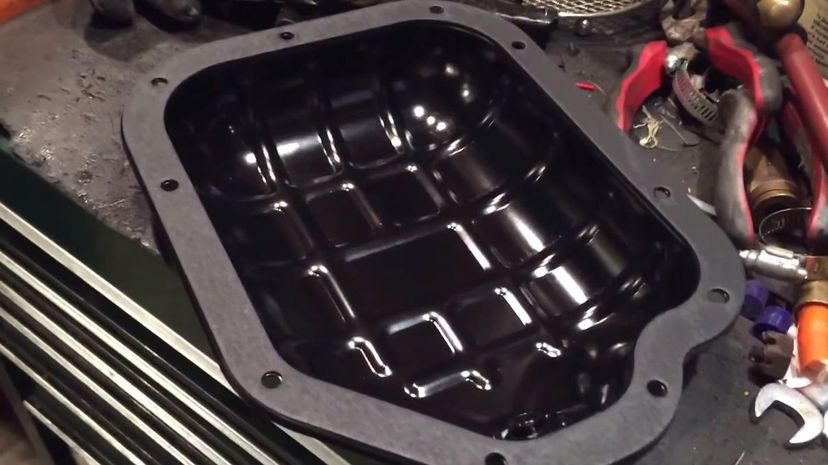
The engine sump is often just called the oil pan. It's located under the pistons and keeps the pistons and crankshaft lubed, so they function correctly without overheating or seizing. Some fast-moving vehicles that corner hard will use a dry sump so that the oil doesn't slosh out.
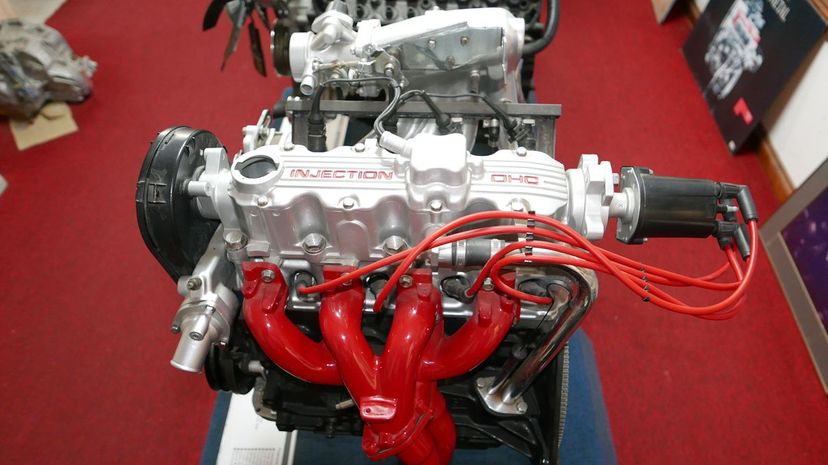
Inline engines are also called straight engines and have all the cylinders lined up straight with no offset. You can think of it as a V engine that someone pushed together from both sides, like closing a pair of scissors. They're easier to build than a V-engine but not usually as powerful.
Advertisement
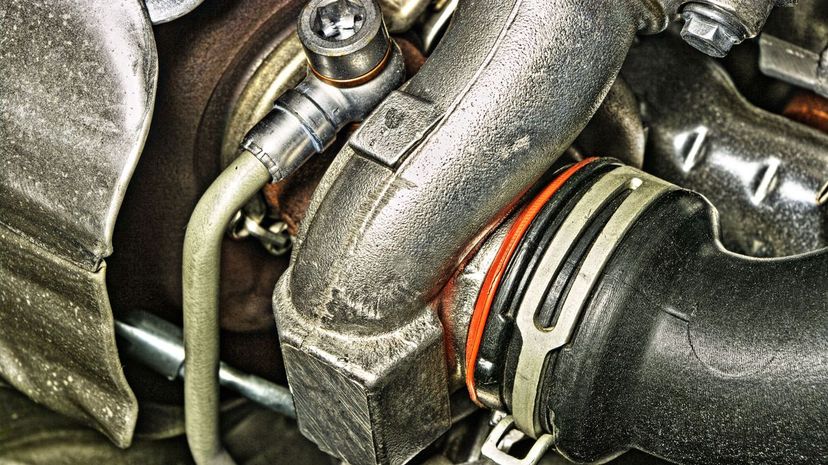
A turbocharger or a supercharger works by using a turbine to force extra compressed air into the combustion chamber. This, in turn, causes the engine to work with greater efficiency, and that makes the car go faster.
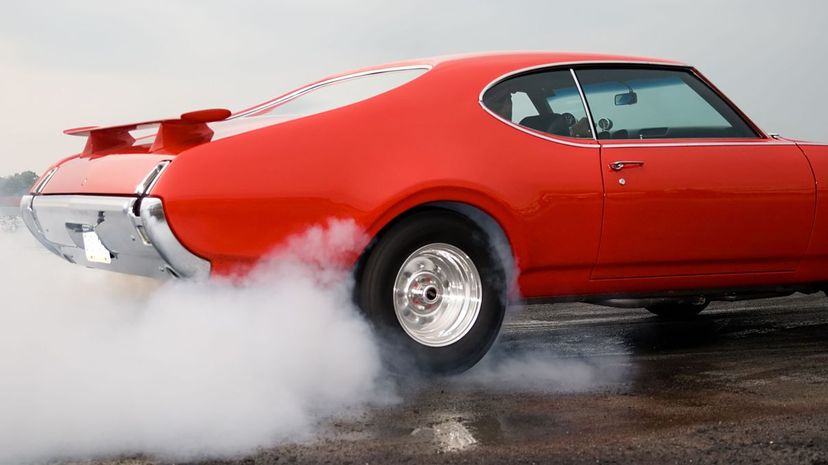
Horsepower refers to the power needed to lift 550 lbs. One foot in the air in for 1 second, often written as (550 ft*lbf/s). Though it has been mathematically refined over the years, it was one literally based on actual horses.
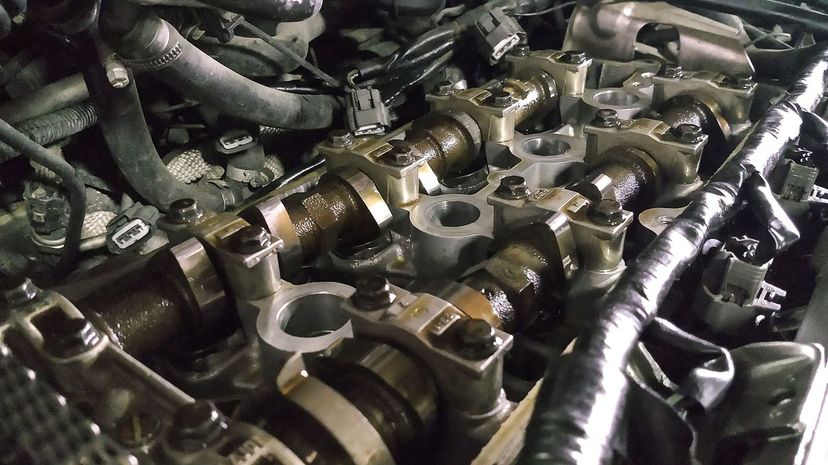
The crankshaft is connected to the camshaft to allow for precision timing when it comes to the opening and closing of valves. The camshaft moves at a rate that is 1/2 that of the crankshaft, which is to say the camshaft makes to rotation for every one made by the crankshaft.
Advertisement
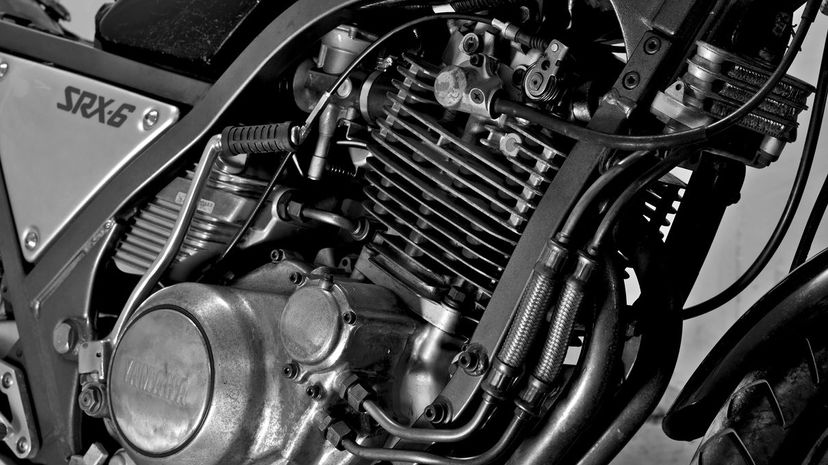
There aren't a lot of advantages to air-cooled engines over liquid-cooled engines, but they are cheaper to make and use overall, which lowers the cost of the car. They tend to be much louder, which is why motorcycles are so noisy, and they're also less efficient and more polluting.
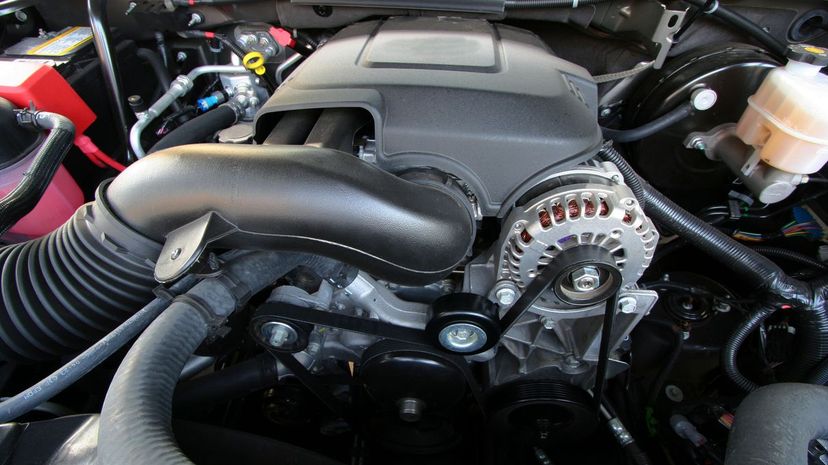
If you leave the radio on while the car's not running, the battery can die out pretty quickly, but it will last for ages in a vehicle if you keep it running thanks to the alternator. The alternator keeps the electric systems in the car operational and also charges the battery.
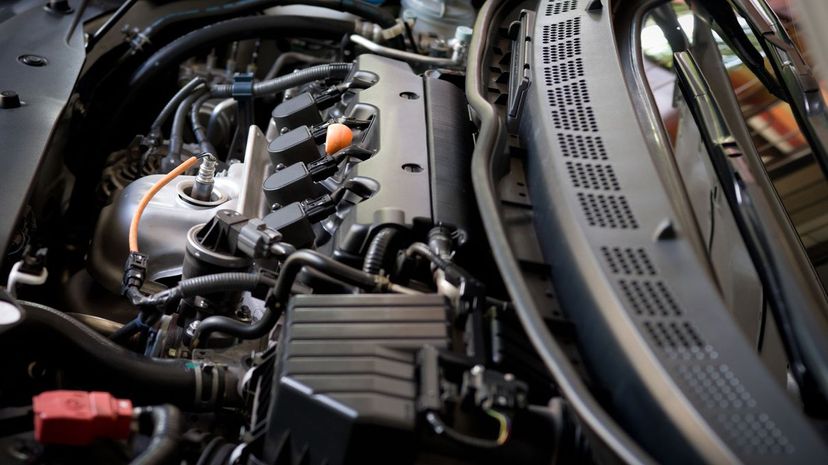
Fuel injection is a much more efficient method of supplying fuel to the combustion chamber in an engine. Carburetors were the device that fulfilled this function int he past, but by the 1980s, they were pretty much phased out.
Advertisement
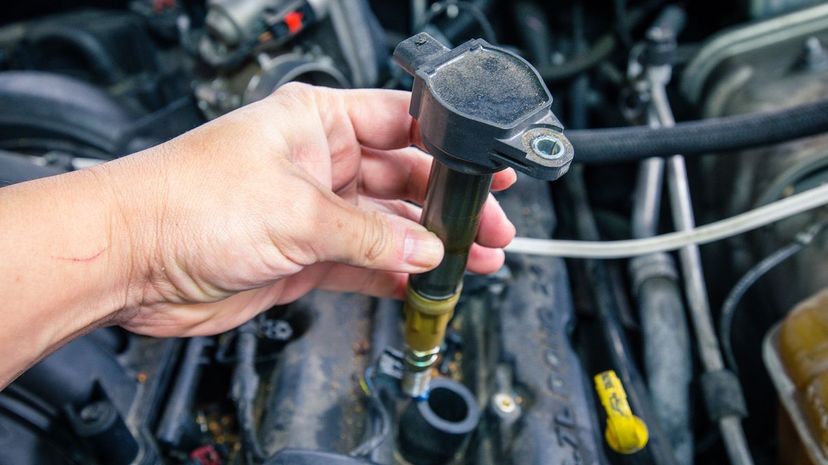
A car battery is relatively low voltage and certainly not enough to power a whole car on its own. The ignition coil converts that low voltage to many thousands of volts that are necessary to create the sparks in the spark plug that causes combustion in the engine.
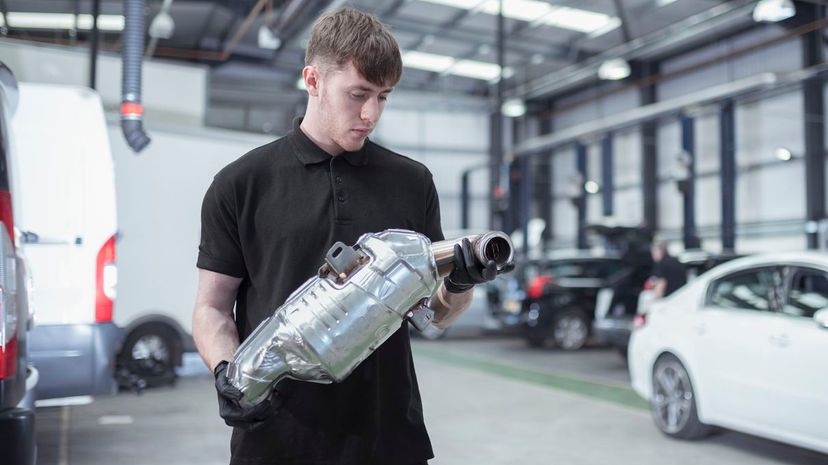
A catalytic converter is a device that uses a catalyst, in this case, metals like platinum and palladium, to reduce the toxins in a car's exhaust. Older cars made before 1975 may not have catalytic converters installed, but they became a requirement that year.
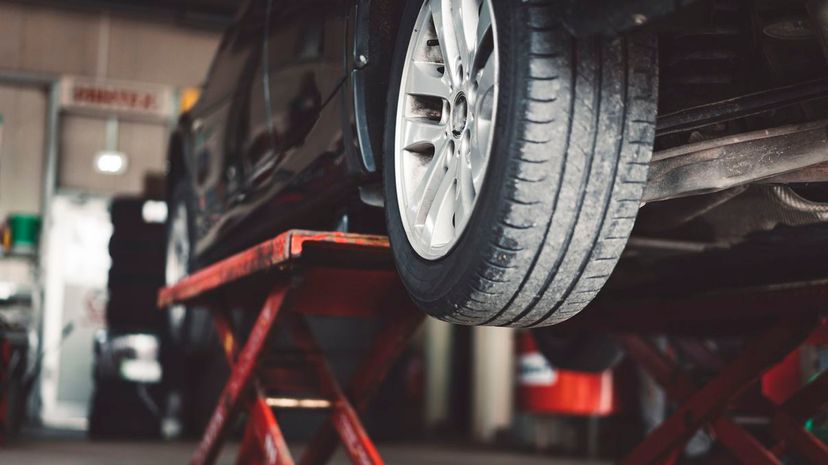
If you get your oil changed on schedule every time there's a good chance you can greatly extend the life of your engine as much as two times. Slacking off on oil changes can have the exact opposite effect.
Advertisement

A car battery has a stunningly low voltage of only 12 volts. This is impressive when you consider that the spark plugs in your car need anywhere between 12,000 and 25,000 volts to properly fire, and some can go much higher up to 45,000. This massive conversion is the result of the ignition coil.
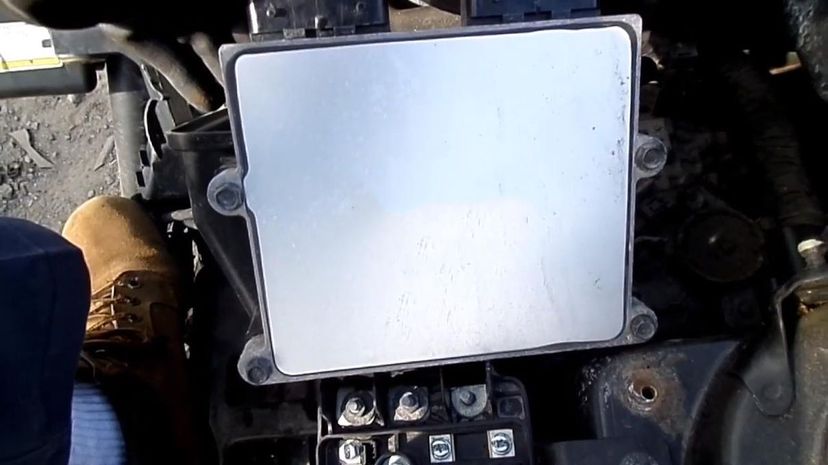
The computer in your car is called an ECM, which stands for "engine control module." The ECM is what maintains all the sensors that send signals to your dash and keep the car running as optimally as it can.
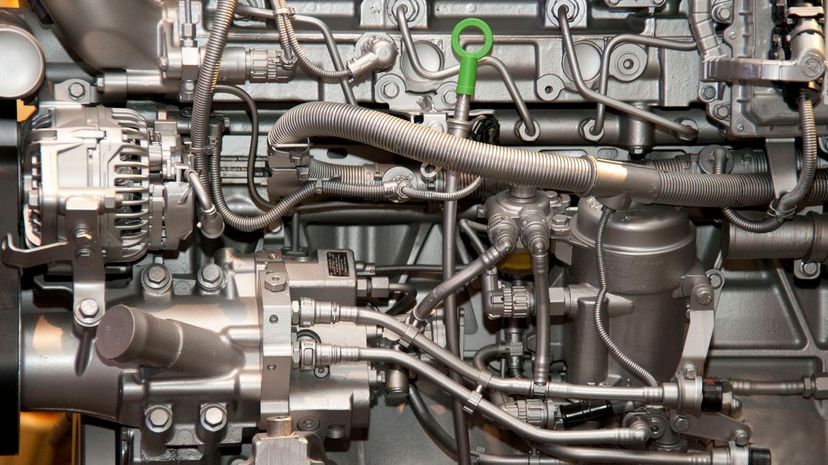
Torque and horsepower are often spoken of in the same breath, but torque is the rotating force produced by the engine's crankshaft and is a measurement of the engine's ability to do work. More torque equals more work.
Advertisement
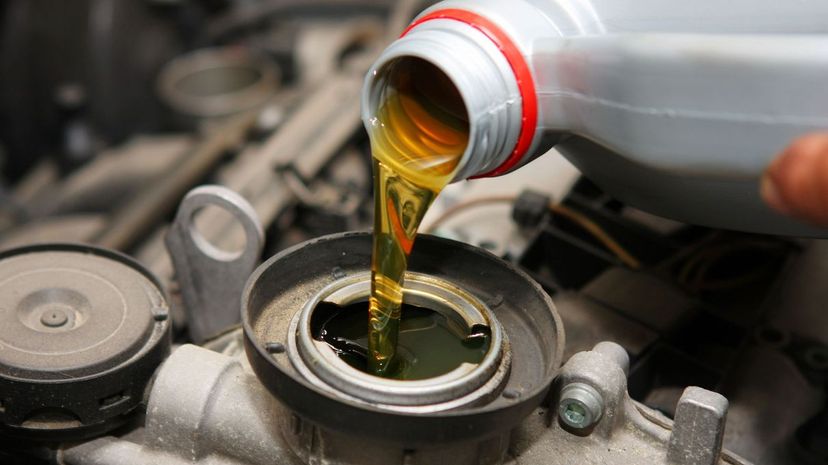
Engine weight describes the viscosity of the oil at certain temperatures. Before the "w," the number refers to the oil's performance in winter conditions. The number after the "w" refers to how it works under normal operating conditions, which are about 210 degrees F.
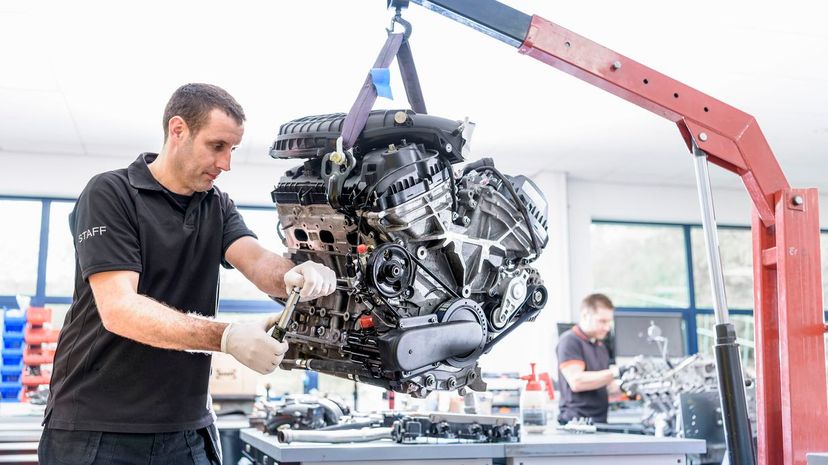
Obviously, this can vary significantly based on vehicle type and age, but on average, you're looking at 350lbs for an engine. A small car engine with the transmission might weigh just over 300lbs, while a large car and transmission together can weigh over 600lbs.